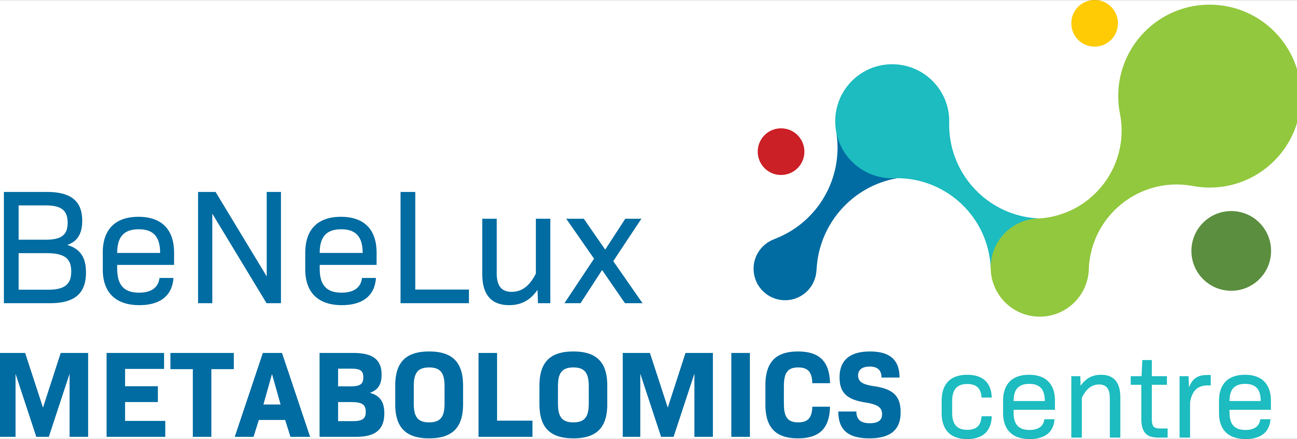The aim of the project is to improve quantification of metabolites in complex samples using LC-MS. The targets are to improve the limits of detection, the linearity of MS detection of metabolites and reduce ion suppression effects. In order to achieve these goals the following points have been started and partly already realized in the first 15 months of the project:
1. Developing a heaterless APCI source.
A novel miniaturised chip capable of generating nanodroplets has been designed, constructed and evaluated. With this new device we are now able to perform APCI without the use of a heater working in the nanoflowrate. As a consequence masses higher than 1000 Dalton were detected as well as thermo labile compounds. With this new device the range of metabolites amenable to the more rugged APCI method is extended significantly. Also, because of the inherent high ionization efficiency and low ion suppression of APCI, this new ionization source has the potential to be better than electrospray ionization
To allow optical inspection the jet in the new heaterless source an ultra-fast imaging technique was developed. This was achieved by synchronising ultra-fast laser pulses with a high speed camera.
2. Electrospray characterization
A custom build current amplifier was designed and built to amplify the ultra-low and fast nanospray current fluctuations in time. With this amplifier electrospray characterization and performance measurements were done. Also work has been done one imaging the electrospray processes at very high speed giving extra detailed information on spray behaviour. Also this was achieved by synchronising ultra-fast laser pulses with a high speed camera.
3. Ion source characterization setup for research in front of a mass spectrometer
A custom made MS interface stage was constructed. On this interface there is space for mounting several components like xyz positioning stages, cameras and an ion source. In this way an ion source can be coupled to the MS and be characterized.
from the first to the second dimension.
